 |
 |
 |
 |
 |
|
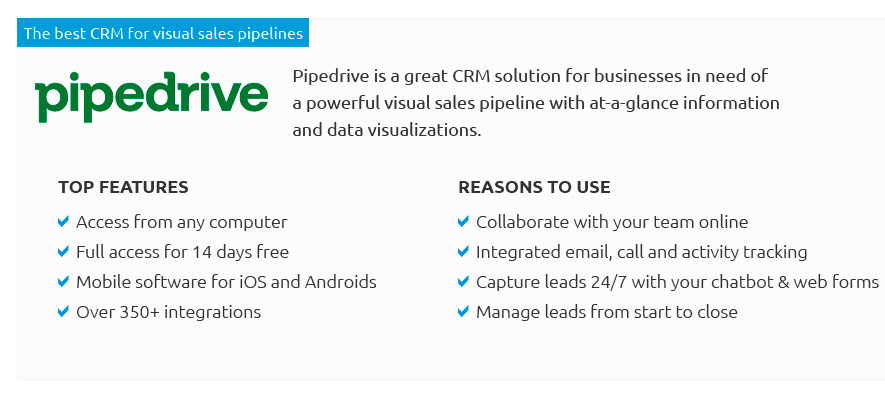 |
|
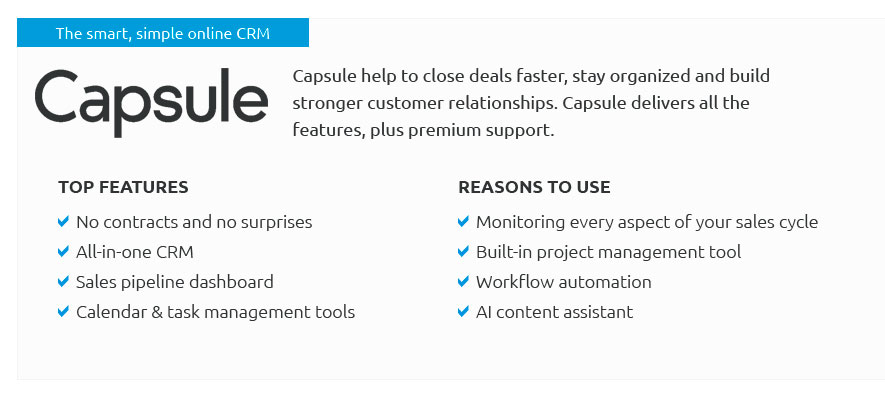 |
|
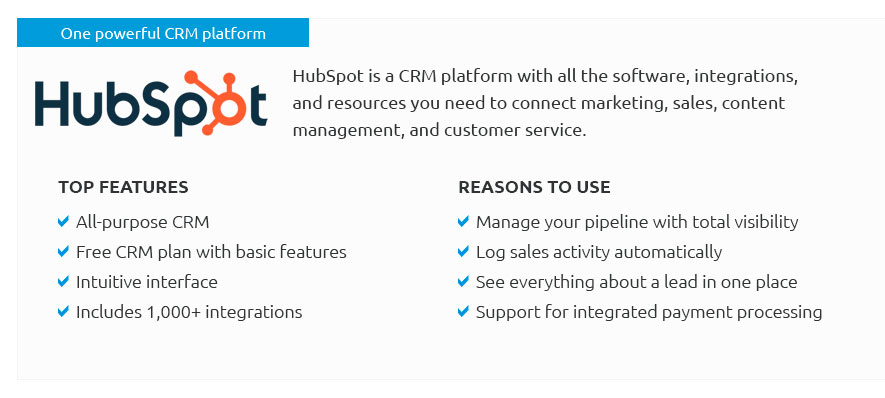 |
|
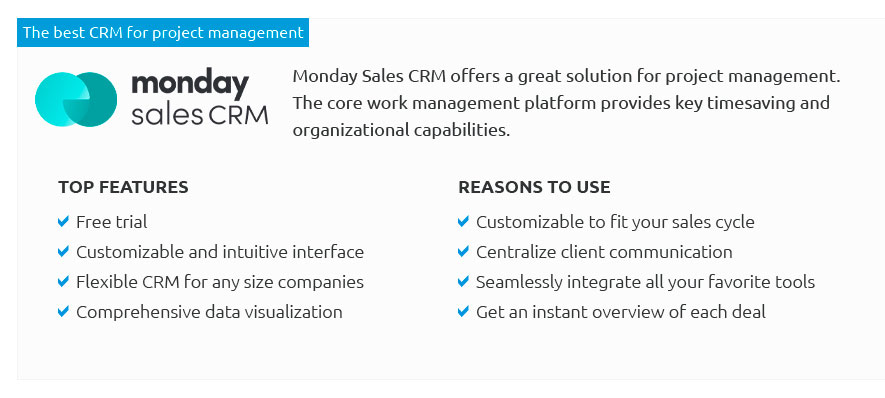 |
|
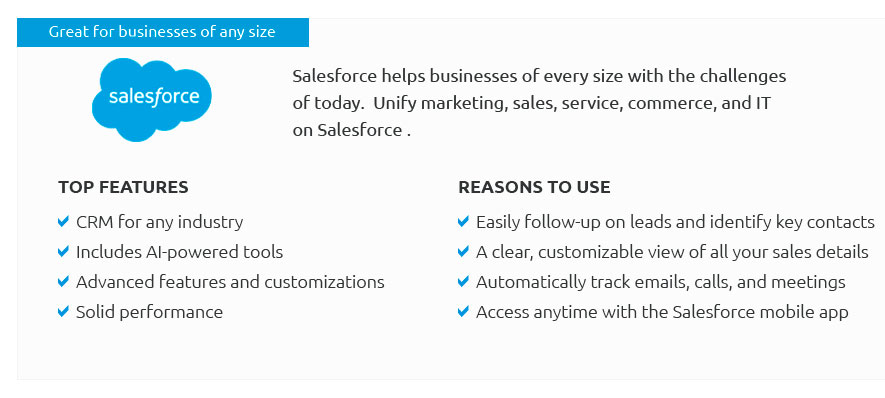 |
|
 |
 |
|
3zjc6ez190 Unleash the power of precision and efficiency with our groundbreaking CRM software review that cuts through the clutter to spotlight the best CRM platforms, featuring an innovative project map template; imagine a world where your customer relationships are not just managed but elevated, where each interaction is a step toward unparalleled growth, and where our expertly curated insights transform your business landscape with the clarity and direction you need to stay ahead of the curve-this is more than just a review, it's your blueprint for success in an ever-evolving market.
https://miro.com/templates/project-management/
Move projects forward and manage teams around one shared goal with Miro's project management template collection. Get everyone on the same page and stay on ... https://www.smartsheet.com/top-excel-project-plan-templates?srsltid=AfmBOoqQRsZ387yR706XqE9JWXr9cpTdFy1T-U2l2Zg8zI51XVMN6TlK
... map out your strategy can help you save money and resources. Your project will constantly be shifting, and you need a project plan template that can keep up. https://venngage.com/blog/project-plan-template/
So if you're not sure where to start, use one of these charts to get the creative juices flowing. With this simple process map template, you can ...
|